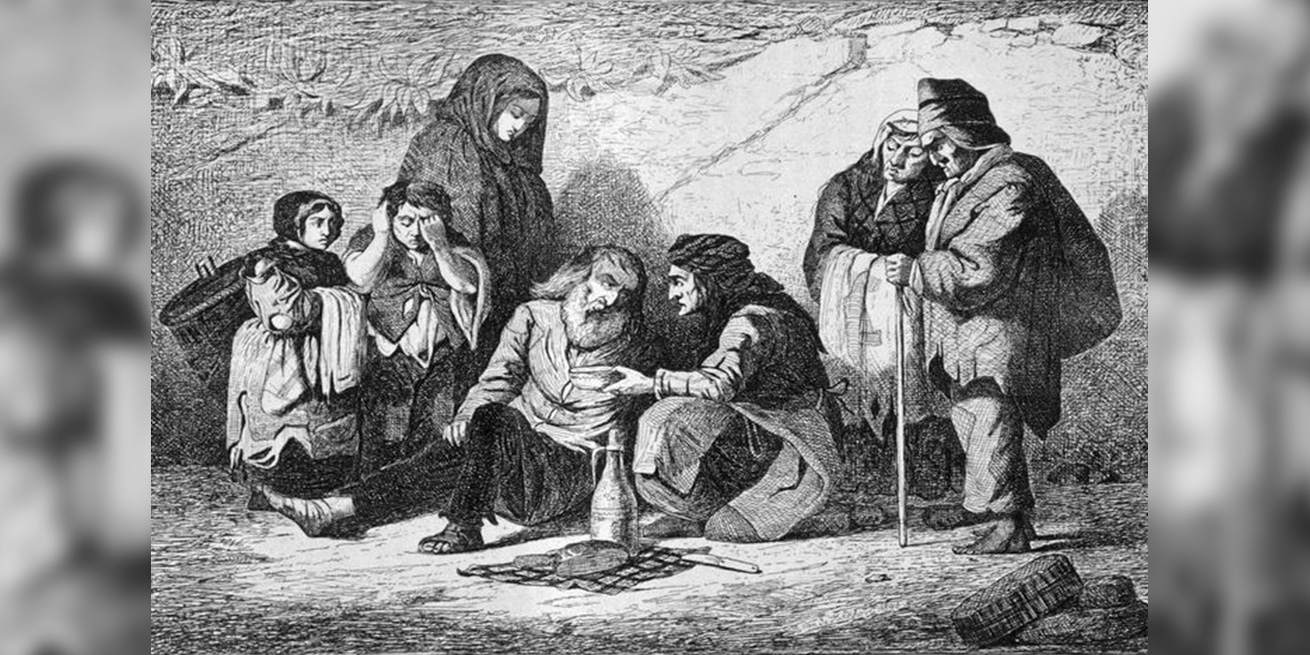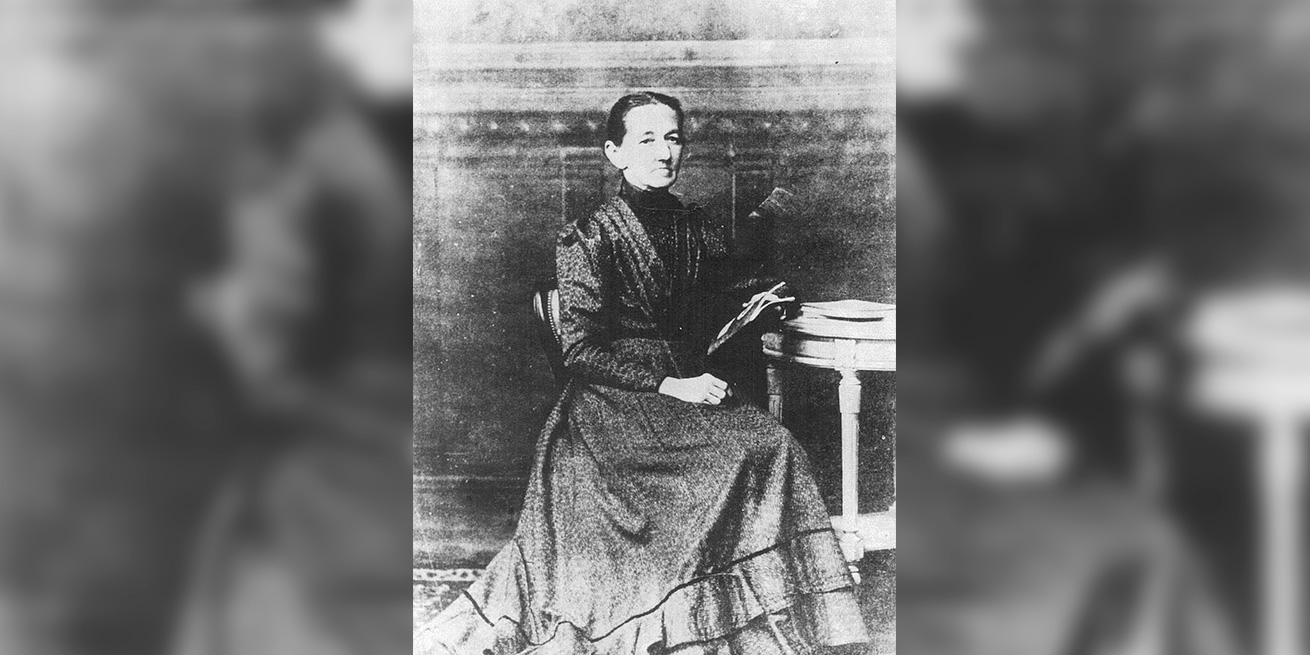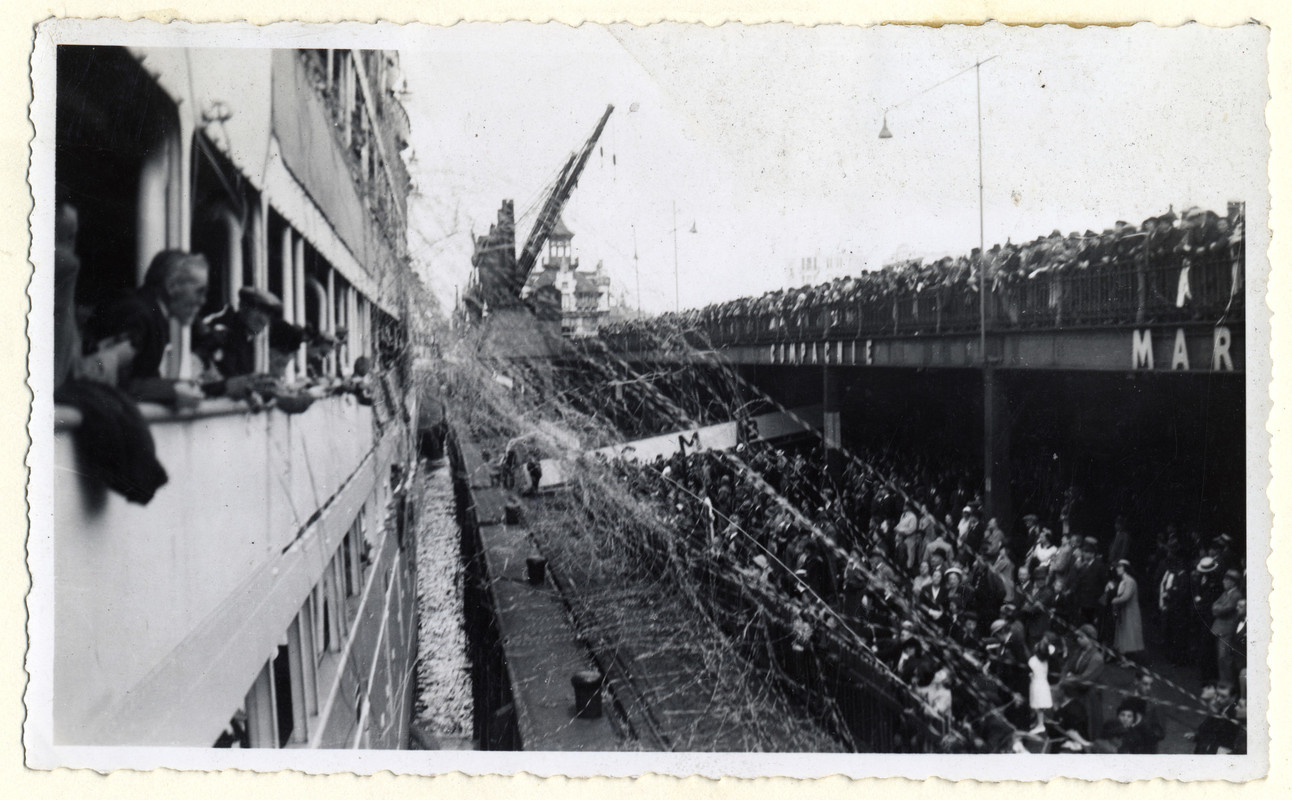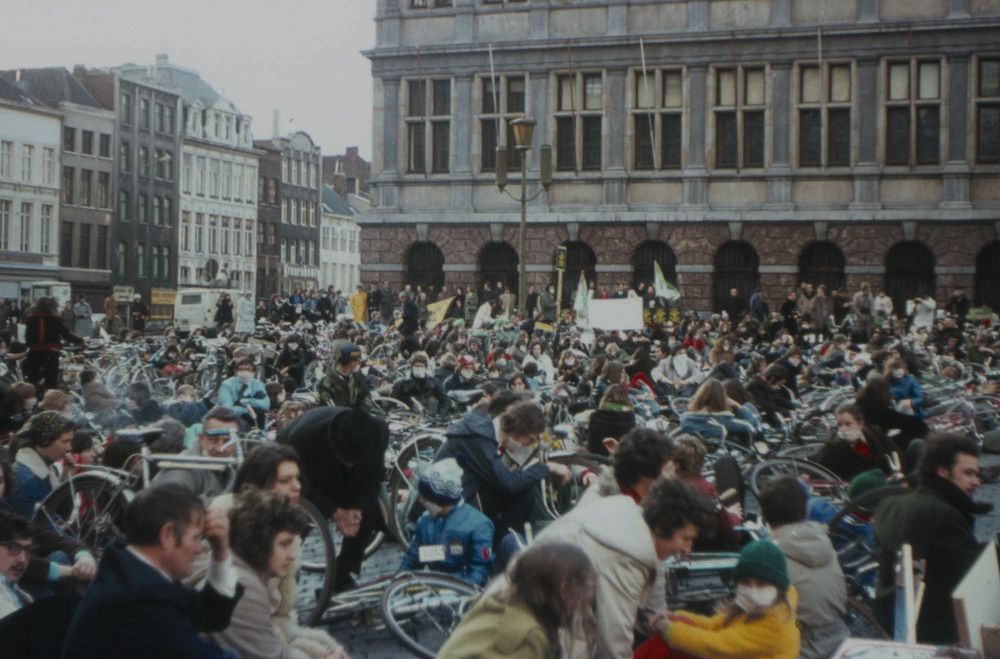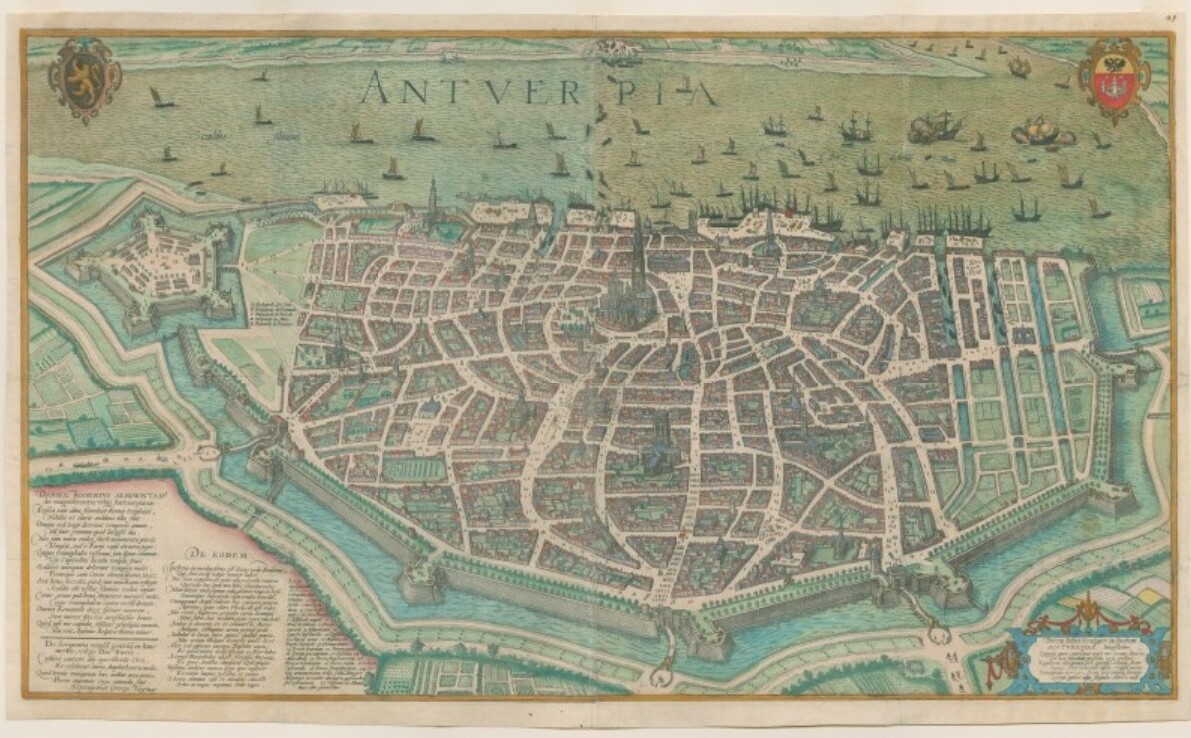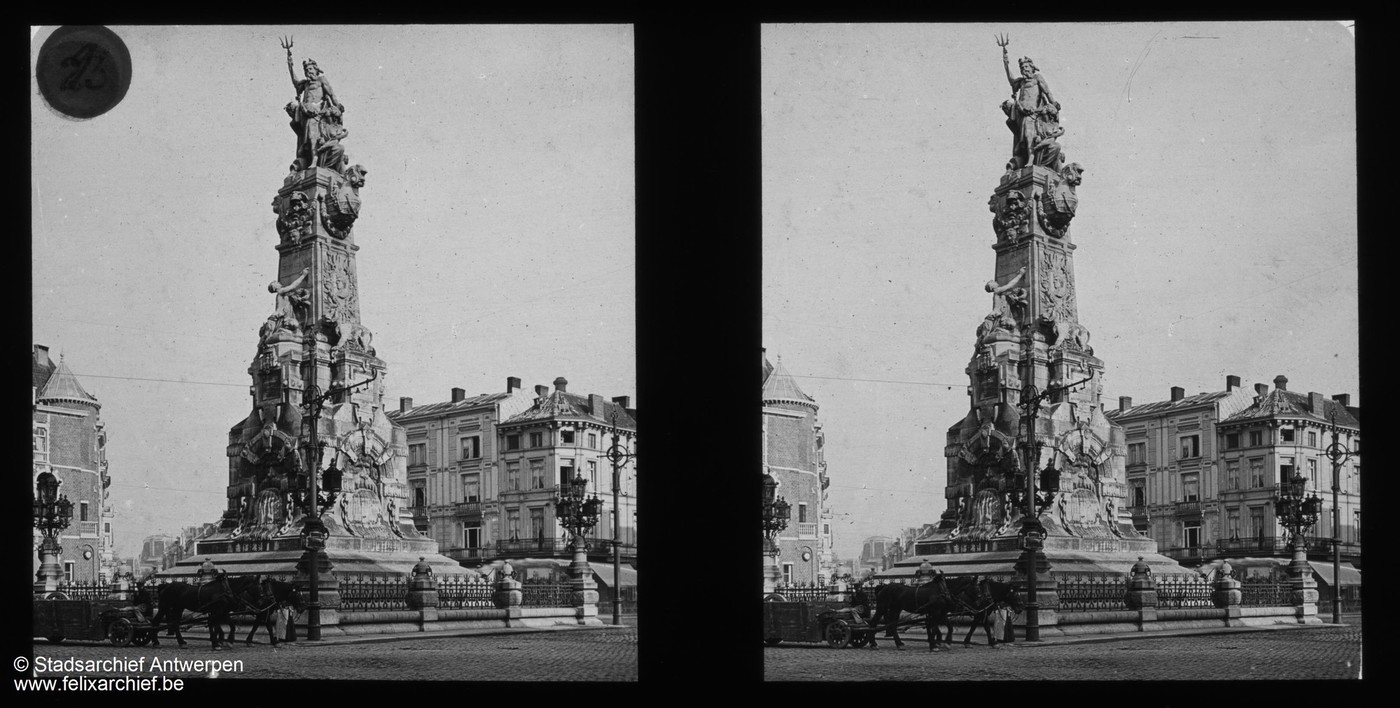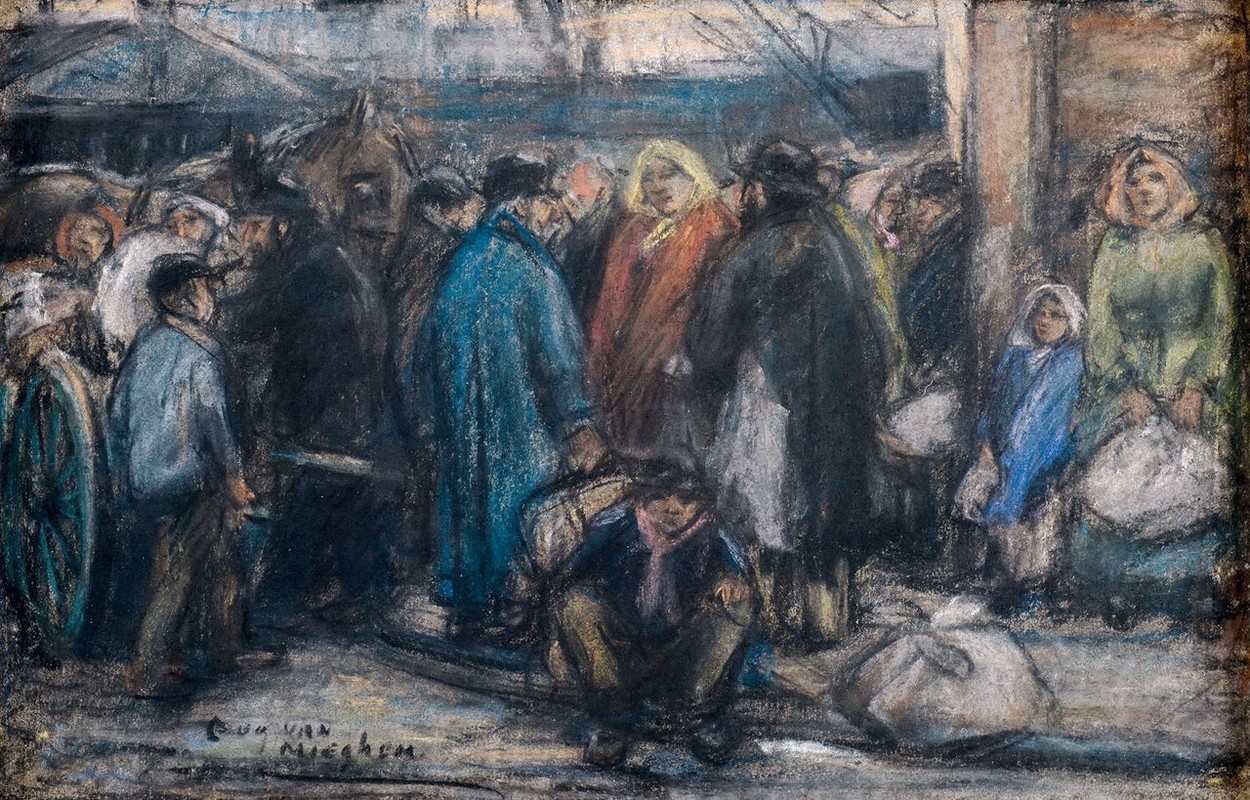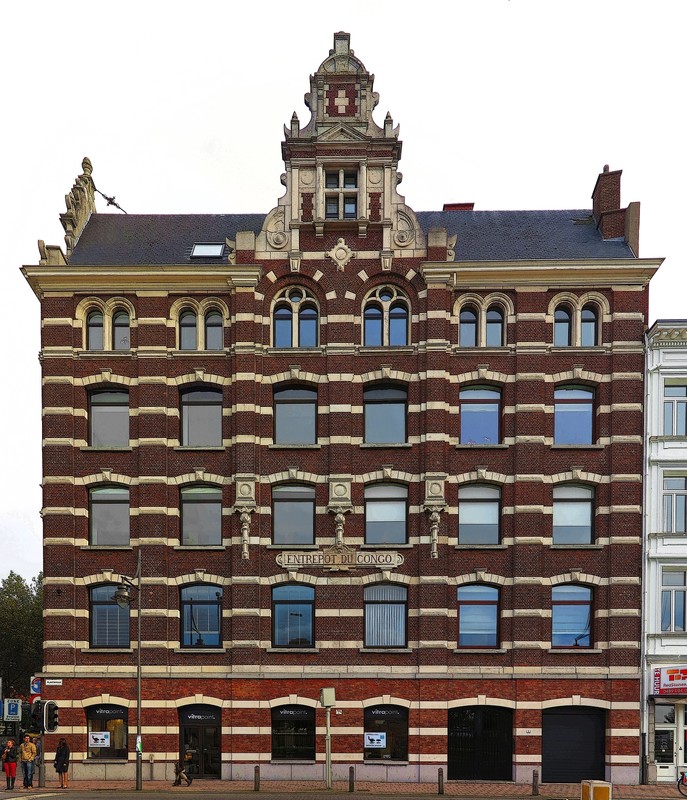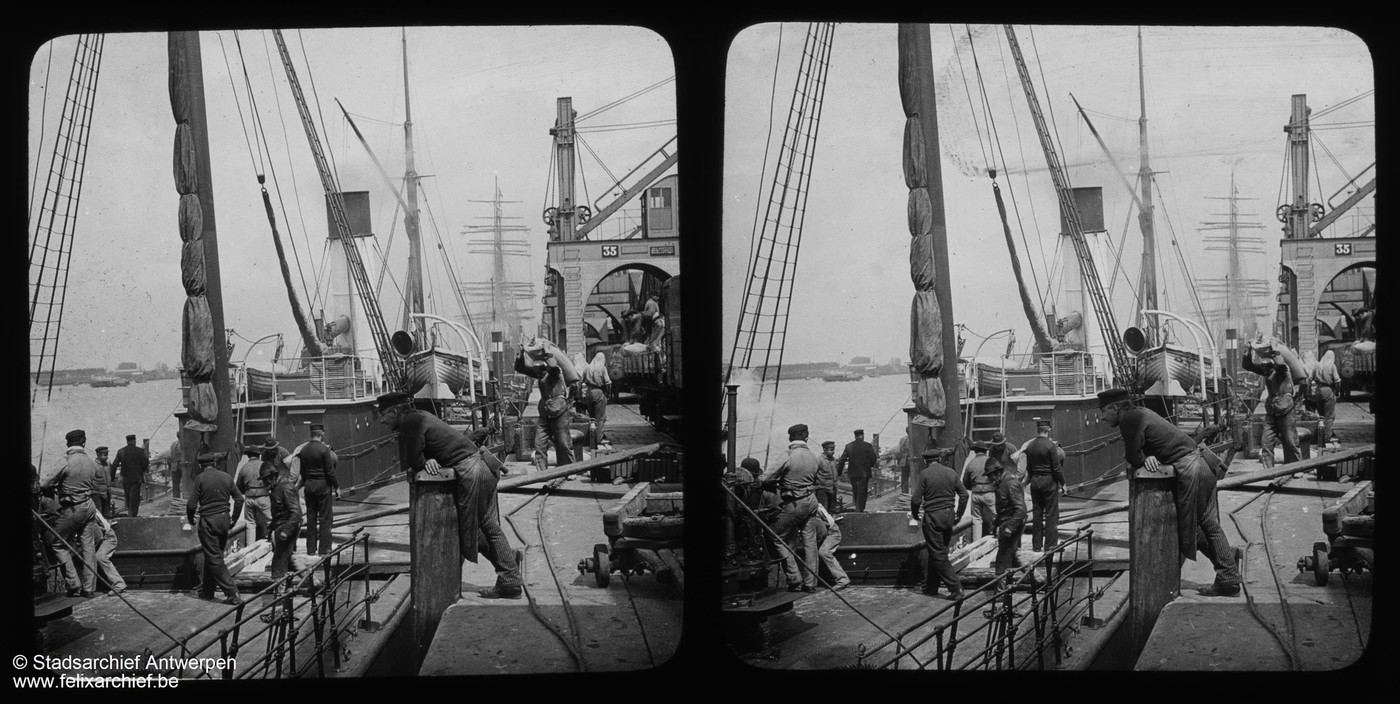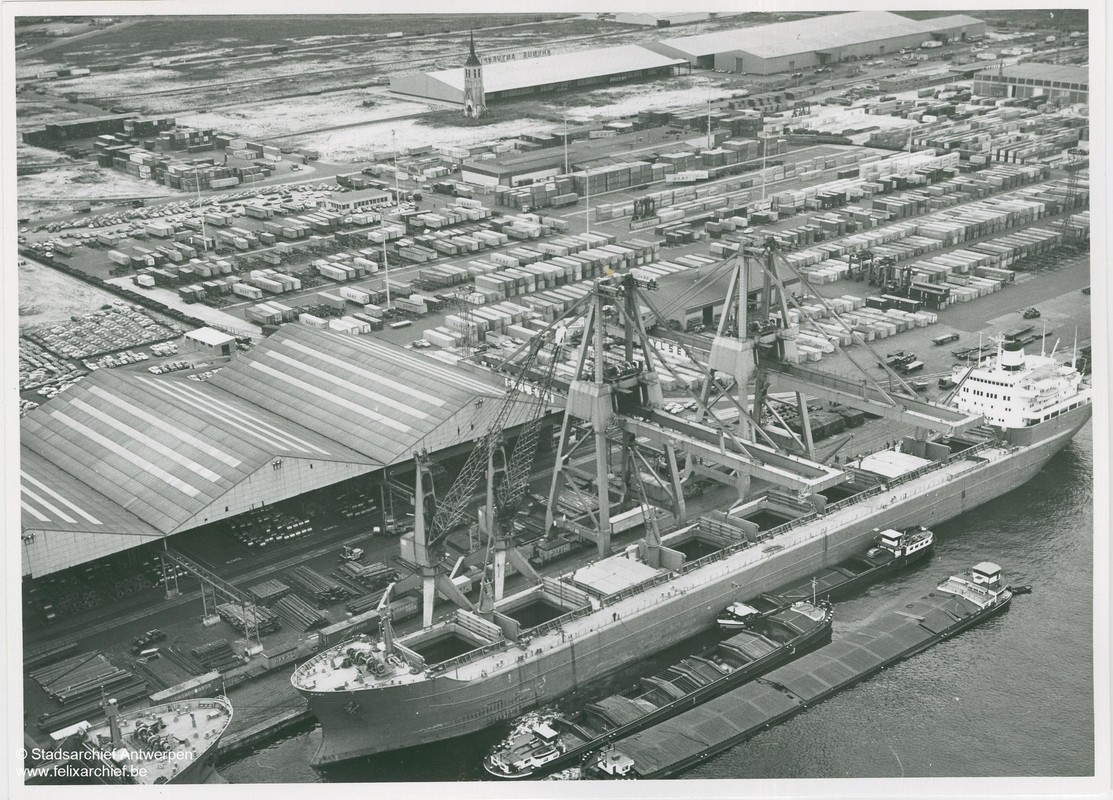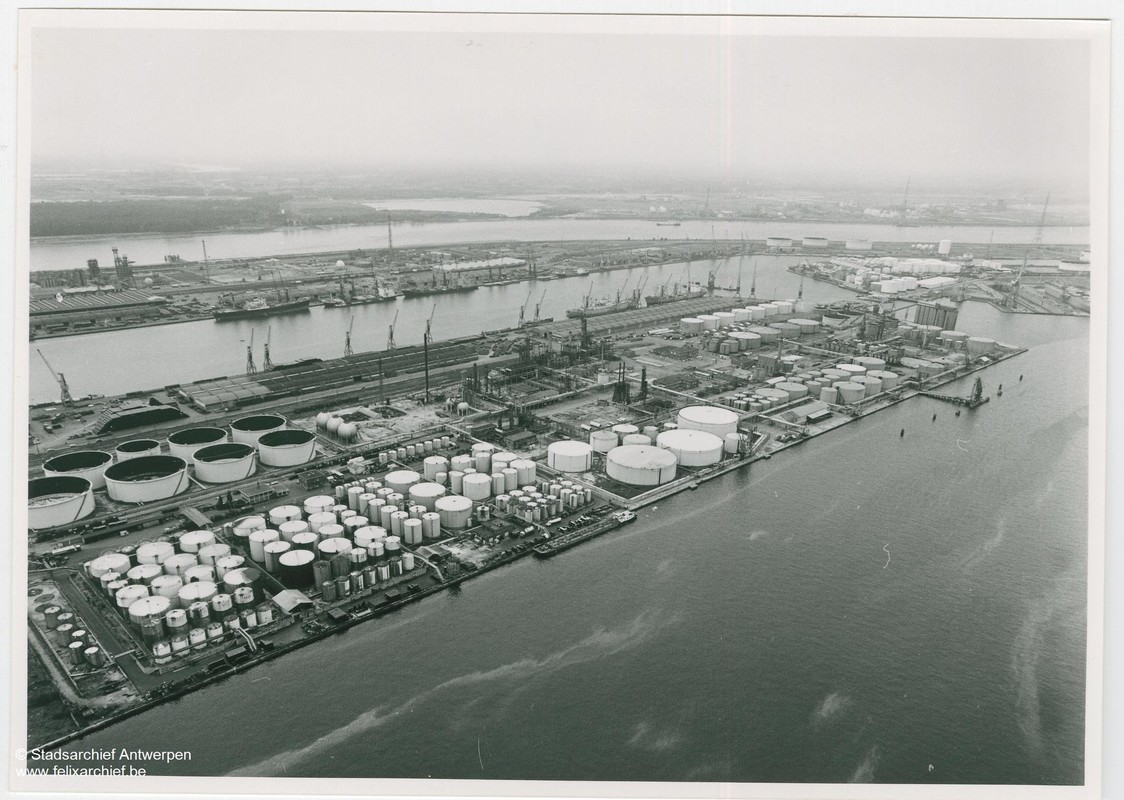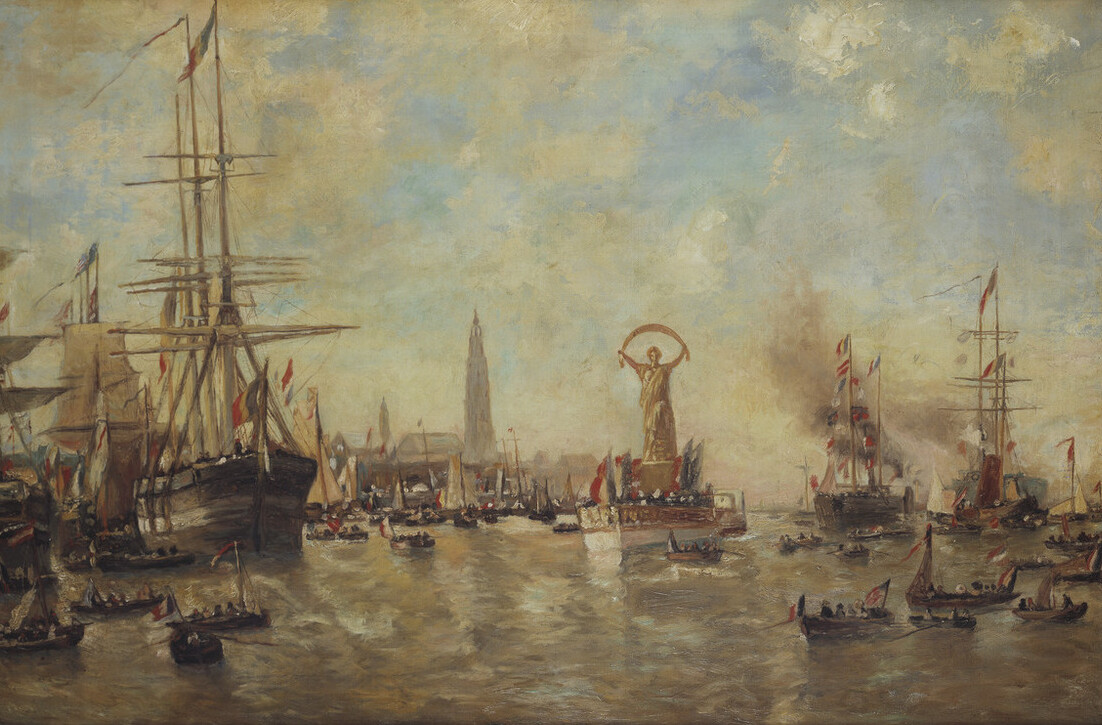
Paul Jean Clays, Feestelijkheden op de Antwerpse Schelde bij de afkoop van de Scheldetol in 1863 | Antwerp, Collectie Stad Antwerpen, MAS, photo: Bart Huysmans & Michel Wuyts
The Opening-Up of the Scheldt
Antwerp, Gateway to the World
On 1 and 2 August 1863 Antwerp celebrated: the city lit with lanterns, streets crowded with people, fireworks on the quays, decorated boats everywhere on the Scheldt. From now on no toll was payable to the Netherlands for the right to sail up the Scheldt. A new flourishing period dawned for the port city.
The division between the northern and southern parts of the Low Countries, at the end of the 16th century, had been a blow to Antwerp’s prosperity. Not only did rich merchants and entrepreneurs flee to the north, but the city lost control of the estuary of the Scheldt. Henceforth the Dutch Republicthe predecessor of the present-day Netherlands. demanded a toll from ships wanting to reach Antwerp from the North Sea.
Under French and Dutch rule, the mouth of the Scheldt was opened for a while but after the revolution of 1830 Belgium again had to accept a toll. That disadvantageous situation was maintained until 1863, when Belgium was able to buy off the toll with a single payment. The free-trade idea was gaining ground.
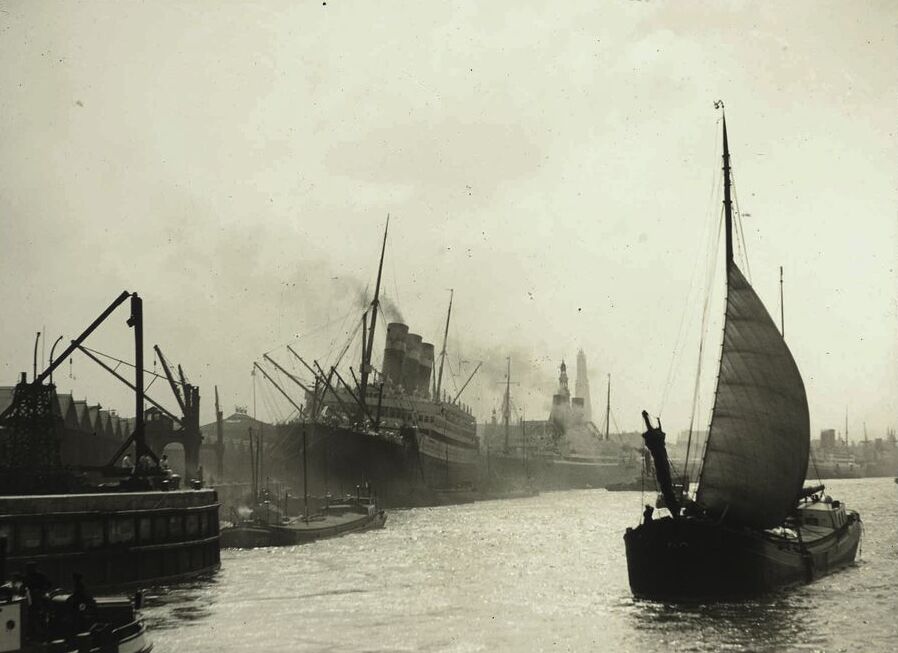
Antwerp, FelixArchief, 2004#2738
Two steamships moored at the Rijn Quay in Antwerp around 1900. In the second half of the 19th century steamships replaced sailing ships. From the 1950s onward the diesel engine was dominant.
Antwerp, Gateway to the World
From the second half of the 19th century Antwerp harbour entered a new flourishing period. The number of ships quickly increased and those ships were becoming larger and larger. The city and the Belgian government invested in docks, locks, cranes, storage space and railways. From all over the world shipping companies, trading companies and investors descended on Antwerp.
The harbour was not only crucial for stocking up on food, but was also a stimulus to the industrialisation of Belgium. Via the Scheldt raw materials for industry arrived. Ships left from Antwerp with products manufactured in Belgium, in particular iron and steel products. European but also North and South American countries were the principal trading partners. From the end of the 19th century Antwerp was also the hinge in the brutal exploitation of the Congo Free State, later Belgian Congo. From 1895 on ships transported natural riches such as rubber, ivory and copper.
From the 1950s Antwerp imported massive quantities of crude oil, for example from the Middle East. In the harbour a petrochemical industry was established which processed the oil into fuels and plastics such as polythene.
In the 1970s the harbour expanded to become a logistical hub between the West-European hinterland and the rest of the world. Containers were delivered, refilled and sent off again: across the sea in ever larger container ships, overland increasingly frequently by lorry. As a distribution centre and industrial area the harbour contributed greatly to the economic growth of the country. At the same time the increasing drug traffic caused social problems and mobility around Antwerp seized up.
Focal points
Discover more on this topic
Labyrint – Haven van Antwerpen
Bron: VRT archief, Felixarchief Antwerpen e.a. – 26 maa 1985
Red Star Line – Het vertrek
Bron: VRT archief, Offworld Eklektik Productions – 1 okt 2013
Vlaanderen Vakantieland
Bron: VRT archief, Red Star Line Museum e.a. – 5 okt 2013
Terug naar Oosterdonk
Bron: VRT archief, Canvas en KRO en Favourite Films – 1 nov 1997
Non-fiction
Red Star Line Antwerpen, 1873-1934
Davidsfonds, 2013.
Het red star line museum Antwerpen: over miljoenen mensen en één droom
Ludion, 2014.
CMB 125. Navigeren door een wereld in verandering
CMB, 2020.
Strijd om de stroom. Een politieke geschiedenis van de Schelde
Davidsfonds, 2013.
Fictie
La nouvelle Carthage
Espace Nord, 2015.
Het dwaallicht
Polis, 2018.
Het land dat nooit was: een tegenfeitelijke geschiedenis van België
De Bezige Bij, 2015.
Suske en Wiske, Sterrenrood (nr. 342)
De Standaard, 2014.
Suske en Wiske. Het Verdronken Land (nr. 234)
De Standaard, 2000.
Nu kijken
Bijkomend kijk/luister materiaal
Terug naar Oosterdonk
Over het verdwijnen van de polderdorpen door de uitbreiding van de haven (1997)
Over Water
Speelt zich af in de Antwerpse haven (2018-2020)
